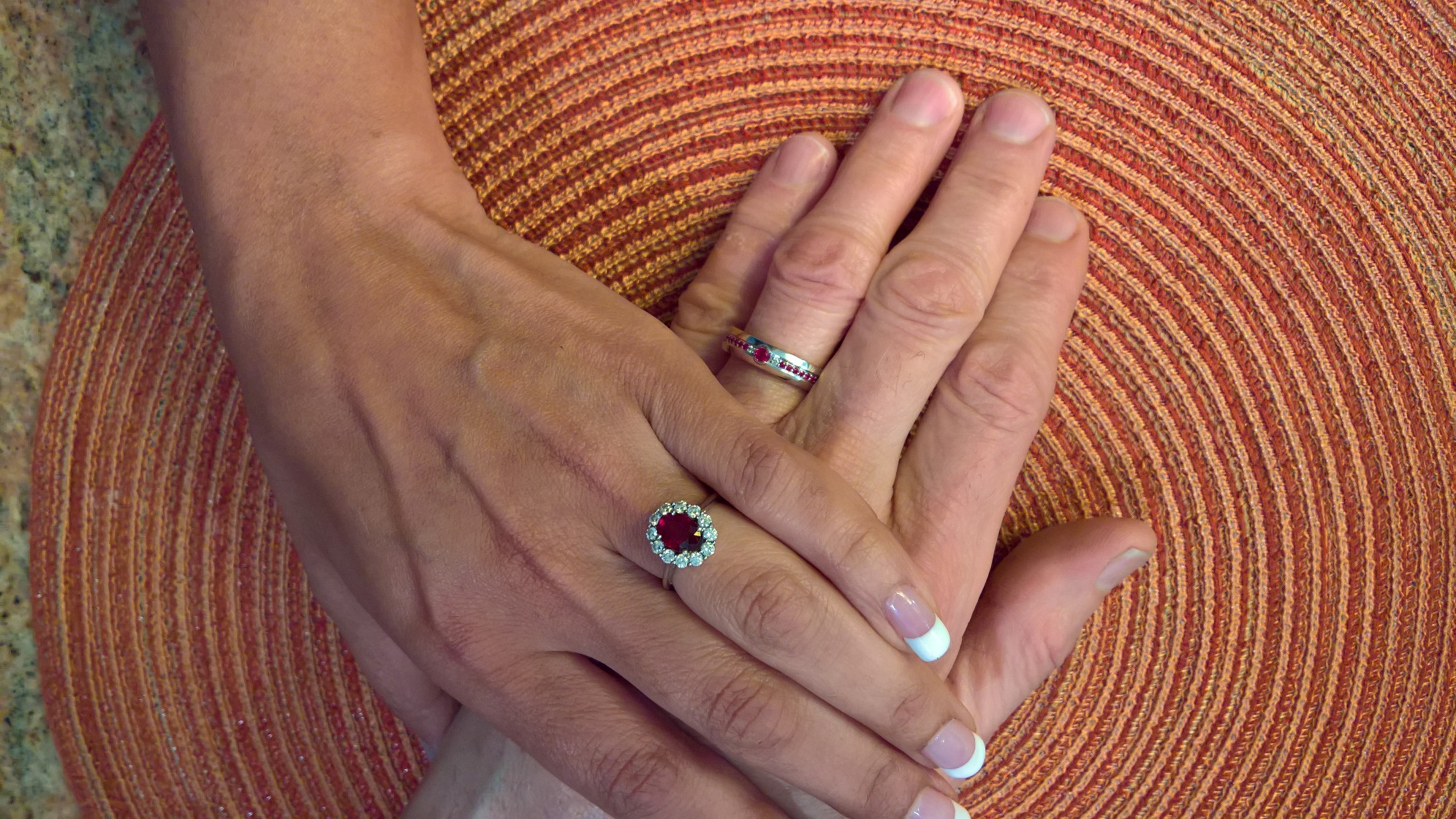Although originally produced in Japan, 90% of the world’s freshwater pearls now come from China. Unlike other pearls on the market, freshwater pearls typically do not come from an oyster at all. Most are farmed in varieties of freshwater mussels,
Read More









